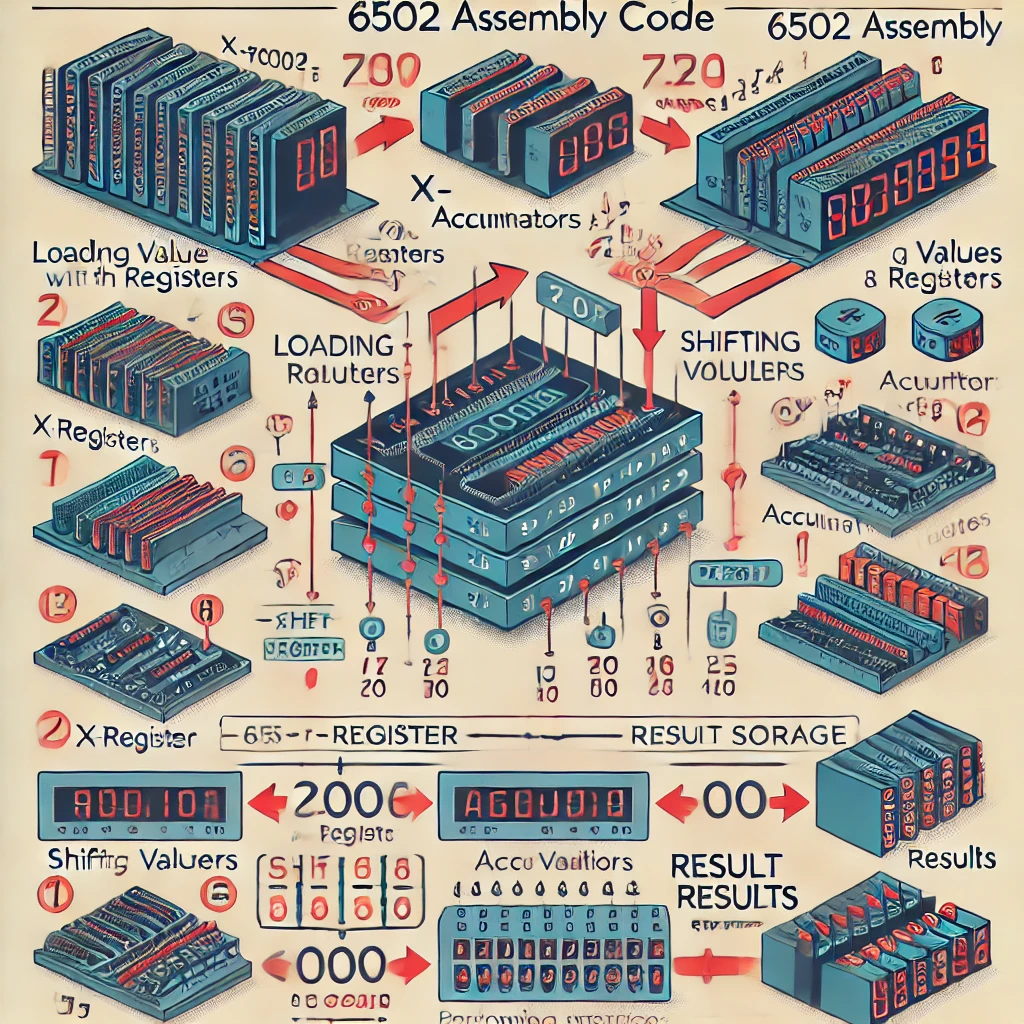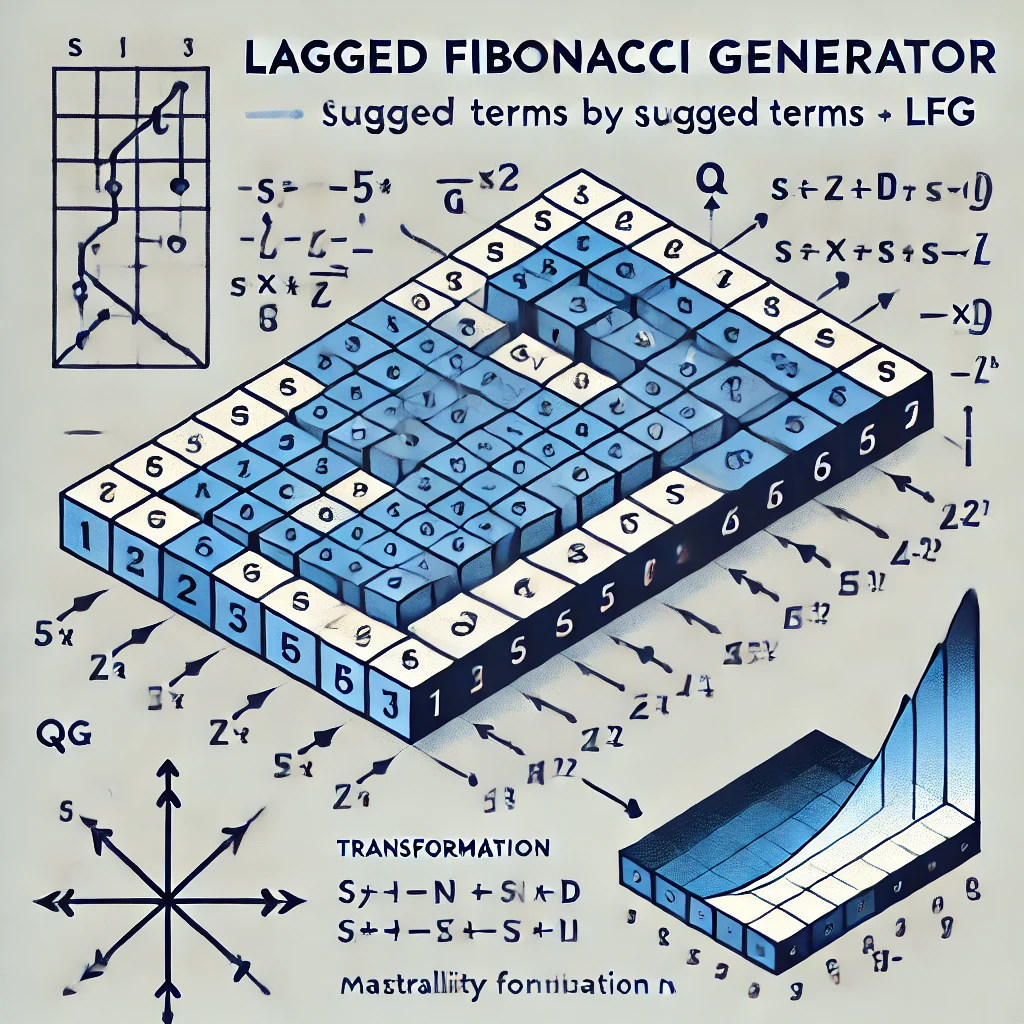- formatting
- images
- links
- math
- code
- blockquotes
- external-services
•
•
•
•
•
•
-
Stack Overflow Vulnerabilities
This blog post explores the fundamentals of buffer overflows, including how they arise in C and C++ programs, the role of process memory layout and the x86/IA-32 architecture, and the significance of stack frames. It covers common overflow types — stack-based, off-by-one, BSS, and heap — and shows how attackers use techniques like NOP-sledding to gain elevated privileges. Finally, it illustrates how to craft a working exploit by injecting shellcode into a vulnerable application’s memory space.

-
A short Implementation of Booth's Multiplication Algorithm in 6502 Assembly
I implemented a 6502 assembly routine for multiplying two one-byte integers using Booth's algorithm. While the algorithm itself wasn't difficult to implement, it took time to create a solution that fit within 40 lines of code. I also wrote a test routine to verify the multiplication, covering various predefined combinations, edge cases, and scenarios where one factor is zero.

-
Optimizing Lagged Fibonacci Generators for Large-Scale Computations
Lagged Fibonacci Generators (LFGs) are powerful tools for generating pseudo-random sequences in simulations and cryptography. While traditional implementations become inefficient when computing sparse terms at large indices, this blog explores an optimized approach using matrix exponentiation and modular arithmetic. By encoding the recurrence relation in a transformation matrix and leveraging GPU acceleration, the method achieves scalability and speed, making it ideal for large-scale applications.

-
Some Interesting Properties of the Exclusive Or (XOR)
The exclusive-OR — also known as exclusive disjunction (short: XOR) or antivalence — is a Boolean operation that outputs true only when exactly one of its two inputs is true (i.e., when the inputs differ). XOR has numerous applications, including cryptography, Gray codes, parity checks, and CRC checks, among others. In this blog post, we will explore some of its interesting properties that can be useful in practice.

-
Efficient Computation of Sparse Fibonacci Subsequences
The Fibonacci sequence is a cornerstone of mathematics, defined by its elegant recurrence relation. While traditionally computed iteratively or recursively, obtaining specific terms like the 1000th or 2000th number seems to require calculating all preceding terms. But is this really necessary? In this post, we explore a powerful technique to compute arbitrary Fibonacci terms directly — bypassing the need for sequential computation. We’ll also tackle an exciting challenge: efficiently finding one thousand Fibonacci numbers modulo a given value, corresponding to every 10th prime greater than a trillion.
